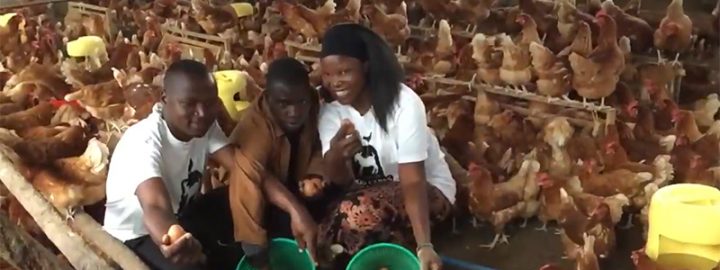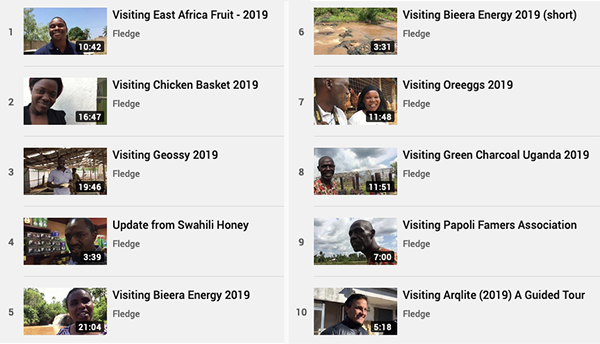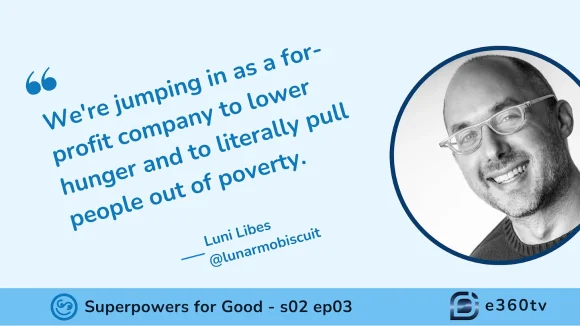
This is the second of a series of blog posts where I’m sharing my learning from visiting Africa (specifically East Africa), to help my fellow Americans and like-minded Europeans. Part one was the visible energy and part two, opportunities.
I’ve spoken and written about how big the opportunities are in Africa, but that was based mostly on seeing the city of Nairobi. My view of the opportunity size has changed after driving half-way across Dar es Salaam, driving from Kisumu (Kenya) to Tororo (Uganda), and from Kisumu up to the mountains of Kisii (Kenya) and back.
I had thought the opportunities were large. I’m not convinced they are utterly humongous. Multi-billion dollar opportunities.
Dropping from the hypothetical, let’s talk about chicken. There are 35,000 chickens eaten per day in Kisumu, Kenya. The largest chicken processor is Chicken Basket, one of my fledglings. They are processing and selling 300 chickens on a typical day, 500 on a busy day. 1.4% of the current demand. With just those stats you’d think their opportunity is maybe 10x or 20x, or perhaps 50% of the market if they move quickly.
But no, what you miss with those stats is the fact that while Kisumu has 1.3 million residents, there are 10 million people more within an hours drive, none of which have a processor like Chicken Basket. Within that hours drive are a dozen towns, each of which could support a Chicken Basket processing facility. Between each of those towns are 10-20 villages, many of which could support a Chicken Basket butchery and/or restaurant.
Chicken Basket today sells chicks, feeds, and medicines to 500 farmers. That number will soon be 1,000 farmers. Grow Chicken Basket across Western Kenya and that will be 50,000 farmers. 50,000 farmers supporting at least 250,000 people, who after selling their chickens through an aggregator suddenly find themselves in the middle class, able to afford solar on their home, school fees for all their children, a refrigerator, a motorcycle, and an occasional meal at a restaurant.
Sell these people a clean cookstove, like those from BURN or Obamastove and the mothers and children no longer get sick from smoke inhalation, and the cost of fuel drops by half, increasing the family’s income yet-again.
Similarly, the added income from chickens means the family can afford better inputs on the farm (remember, most everyone had at least a half acre of maize), which leads to more outputs, which leads to a surplus that can be sold in the market.
If perhaps you think chickens are too expensive, then let’s talk about farming crops. My first stop on my trip was East Africa Fruits. All they do is buy produce from farmers, sort it, clean it, and distribute the best of it to hotels, restaurants, and supermarkets, and the next best of it to informal sellers in the many towns within the sprawl called Dar es Salaam.
Their biggest crops are potatoes, onions, and rice, plus some mangoes, pineapple and assorted other fruits. They buy from over 1,000 farmers, some hundreds of miles away from Dar. On average, the farmers they work with have grown their income from $600/year (the per-capita GDP in Tanzania) to over $1,800/year, considered a middle-class income, and quite sufficient to pay school fees, mobile phone bills, paygo on a home solar kit, and to feed meat to the family every week.
For the first few year, East Africa Fruit only sold to the high-end customers in the city center. Now the majority of customers are informal sellers. This change grows their opportunity 1000-fold, if not 10,000-fold. With that strategy, it now makes sense to open processing facilities across the country (which BTW is the size of California, but with 60 million people), skimming the best products for sale in Dar, Dodoma, Arusha, and exports, redistributing the rest to resellers in the towns on the major roads.
This is how agriculture works in the U.S. and Europe. Most farmers don’t sell a basket at a time at their local farmer’s market, they sell truckloads at a time to aggregators, who sort, process, and distribute to markets and supermarkets. East Africa Fruits is simply the first to do that at scale in Tanzania, so far with 1,000 of the 50+ million farmers.
Lastly, lets leave food and look at electricity. I spent days driving on roads of all sizes, rarely without having the electric grid visible. The trouble is that there isn’t power most days on that grid. Without consistent power, it’s impossible to do any processing at scale. Businesses need electric motors to pump water, to run mills, to operate refrigerators, welding equipment, and provide lighting.
Without consistent electricity, no industry gets created. That was the story repeated in Kisii by my host, by the Vice Chancellor of Kisii University, by the Minister of Youth and Culture, the local area chief, and the principal of the technical school.
I was in Kisii to see the rivers with my own eyes, to see the potential of turning those rivers into consistent electricity. Our back-of-the-envelope business model shows we can turn $200,000 of investment into $250,000/yr in revenue selling electricity for 10 hours per day. The rivers run 24/7/365, and thus there are 14 other hours of power that could be monetized, but $1.25 of revenues per $1.00 of investment is quite a nice ratio. Any additional revenues would be a bonus.
That estimate was one small project of tens of kilowatts powering one hospital in one town of 50,000 people. I drove past a few million people between Kisumu and Kisii, Kenya. We surveyed at least a few megawatts of harvestable power on four waterfalls. The students of Kisii University mapped 5,000 waterfalls in the region.
There is a reason the electric grid in the U.S. is worth multiple trillions of dollars. The same one day will be true for East Africa. For now there is a market worth billions. Some foreign governments were nice enough to pay for the installation of the electric grid. We hope all we eventually need to do is to generate power and sell it to Kenya Power and Lighting, but worse case there are tens of millions of dollar of potential revenues creating micro-grids powering schools, hospitals, police stations, water pumping stations, and a few place where the local government will put small industrial centers once there is consistent power.
That is just three potential giant opportunities. In the next post, I’ll go broad instead of deep and talk about many other obvious business opportunities.















